Meaning of Opening Stock Opening stock is the inventory or stock of goods that are available at the beginning of the new accounting year carried down from the previous year's closing stock which is recorded in the books of accounts. In simple words, Opening stock is the goods/quantity/products thatRead more
Meaning of Opening Stock
Opening stock is the inventory or stock of goods that are available at the beginning of the new accounting year carried down from the previous year’s closing stock which is recorded in the books of accounts.
- In simple words, Opening stock is the goods/quantity/products that are held by a business at the beginning of a new accounting period and it is the closing stock of the preceding year carried down.
- Similarly, the closing stock is the number of unsold goods that remain with the business at the end of an accounting year and is further carried down to the next year as Opening Stock.
Formula
There are 3 main formulas used for Opening Stock’s calculation. They are-
- For manufacturing companies
Opening Stock = Raw Material Cost + Work in Progress + Finished Goods Cost
- When only Sales, GP, COGS, and Closing Stock are given
Opening Stock = Sales – Gross Profit – Cost of Goods Sold + Closing Stock
- You can use this one when only limited information is provided
Opening Stock = COGS + Closing Inventory – Purchases
Types of Opening Stock
There are three types of Opening Stock or we may also say that Opening Stock consists of these 3 elements. They are-
- Raw Materials- These are the unprocessed goods held by a business that is yet to be converted into finished goods.
- Work in Progress- These include the goods that are in process but not converted into finished goods.
- Finished Goods- These are the goods/products that have completed the manufacturing process but have not yet been sold.
Opening Stock in Final Accounts
Opening stock is a part of the Trading Account while preparing the Final Accounts. And this is how it is posted in the Trading A/c.
Trading A/c (for the year ending…)
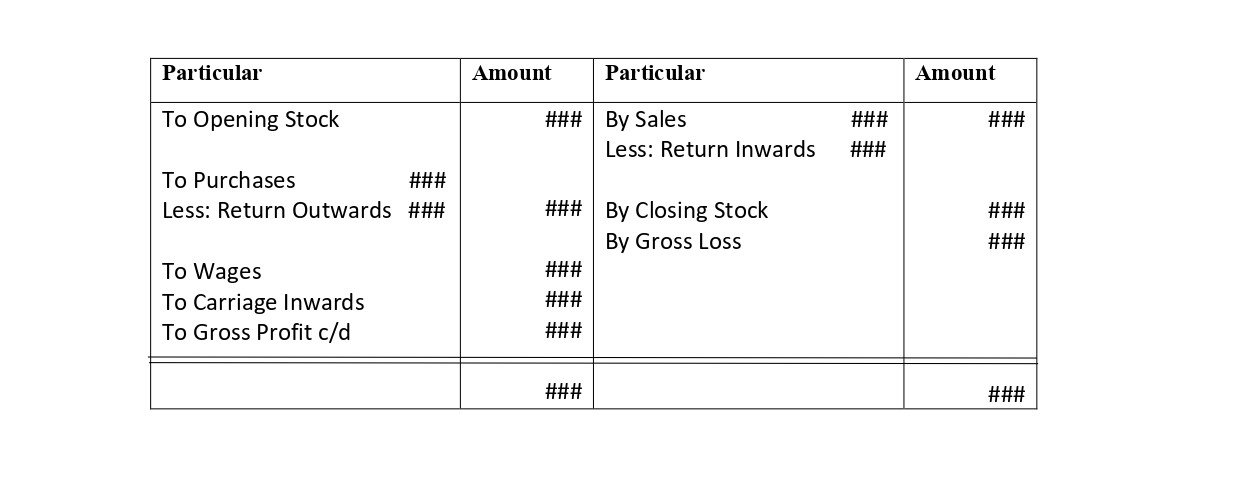
Example of Opening Stock
Example
IKEA, the biggest Furniture manufacturer collected this data on April 1, 2021,
Timber – $300,000
Wood – $30,000
Nails – $15,000
Pre-cut Wood – $120,000
Assembled Furniture – $400,000

Now, adding them (as said earlier, Opening stock is a combination of these three.)
Opening Stock (Raw Material + Work in Progress + Finished Goods) = $865,000
Therefore, that’s how one can calculate Opening Stock.
See less

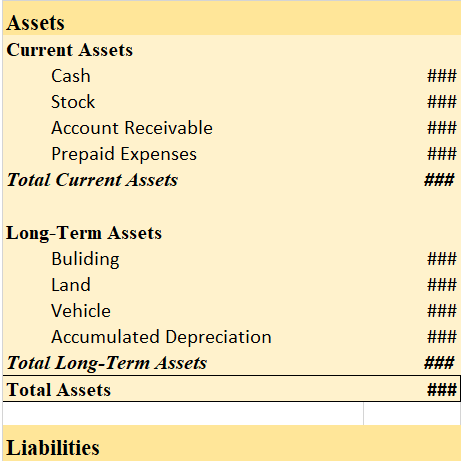
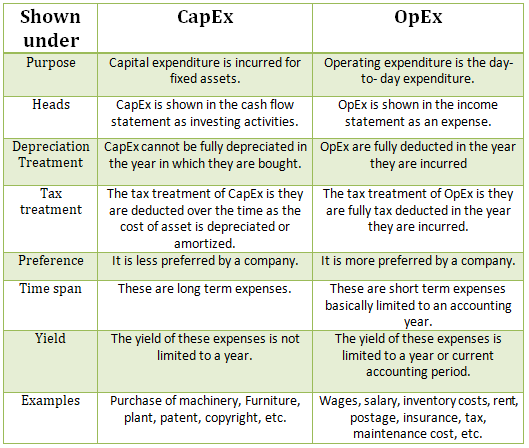
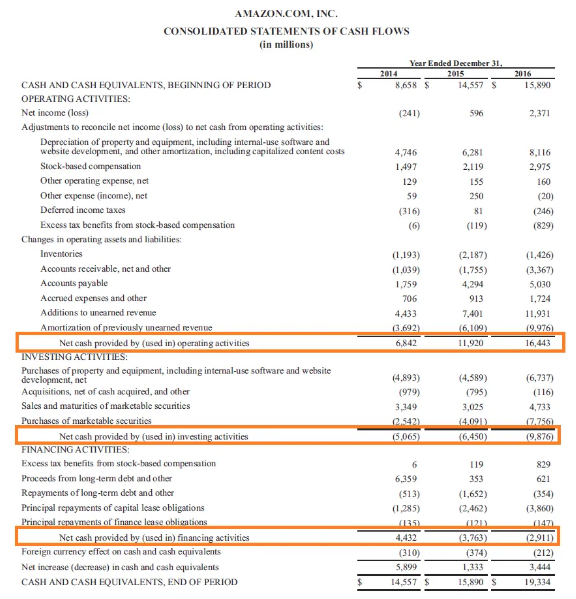
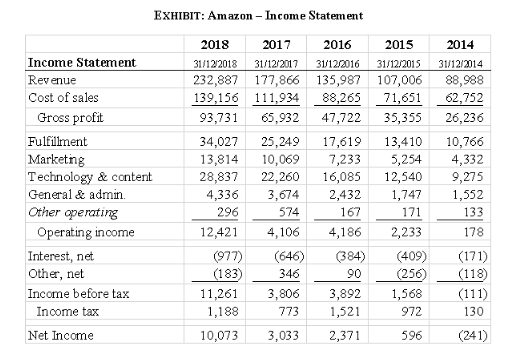


Bank Reconciliation Statement or BRS is a statement prepared to reconcile the bank account balance as per the cashbook with the bank balance as per the passbook. This is done so because often the bank balance as per the cashbook does not match with the bank balance as per the passbook. BRS is usuallRead more
Bank Reconciliation Statement or BRS is a statement prepared to reconcile the bank account balance as per the cashbook with the bank balance as per the passbook. This is done so because often the bank balance as per the cashbook does not match with the bank balance as per the passbook.
BRS is usually prepared by the accountant of an entity to find out the causes of the difference between the bank balance as per cashbook and the bank balance as reported in the passbook. The frequency of preparation of BRS is usually monthly. Nowadays, many enterprises have computerised accounting systems which help in automatic bank reconciliation.
Sometimes, BRS is also prepared by auditors during the audit of financial statements.
The balance of the bank account column of the cashbook does not match the bank balance as per the passbook. This is due to many transactions like the following that go unnoticed by the accountant:
Differences also occur due to accounting errors like posting wrong amounts in the cashbook.
To prepare the BRS, we have to start either with the bank balance as per cashbook, then add or subtract amounts to arrive at the bank balance as per passbook. Or we can do the vice verse. Here, the amounts we add or subtract are the amounts of items that are causes for the difference between the two balances.
See less